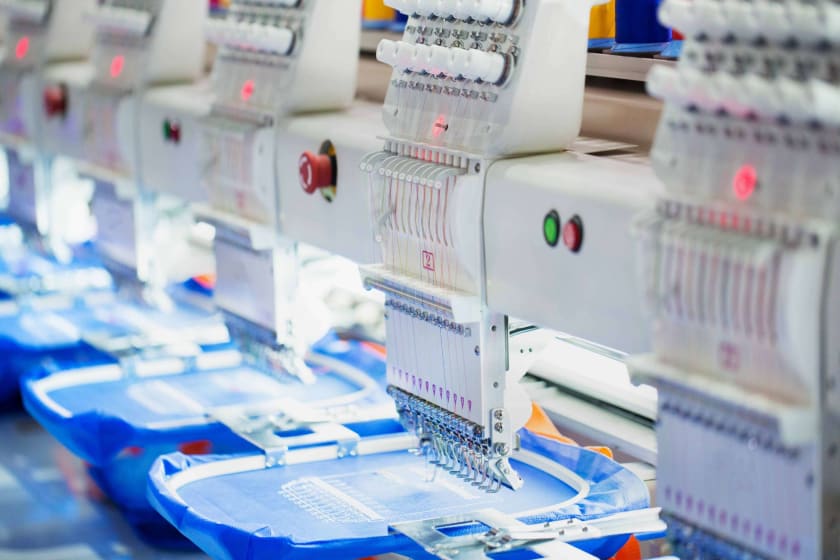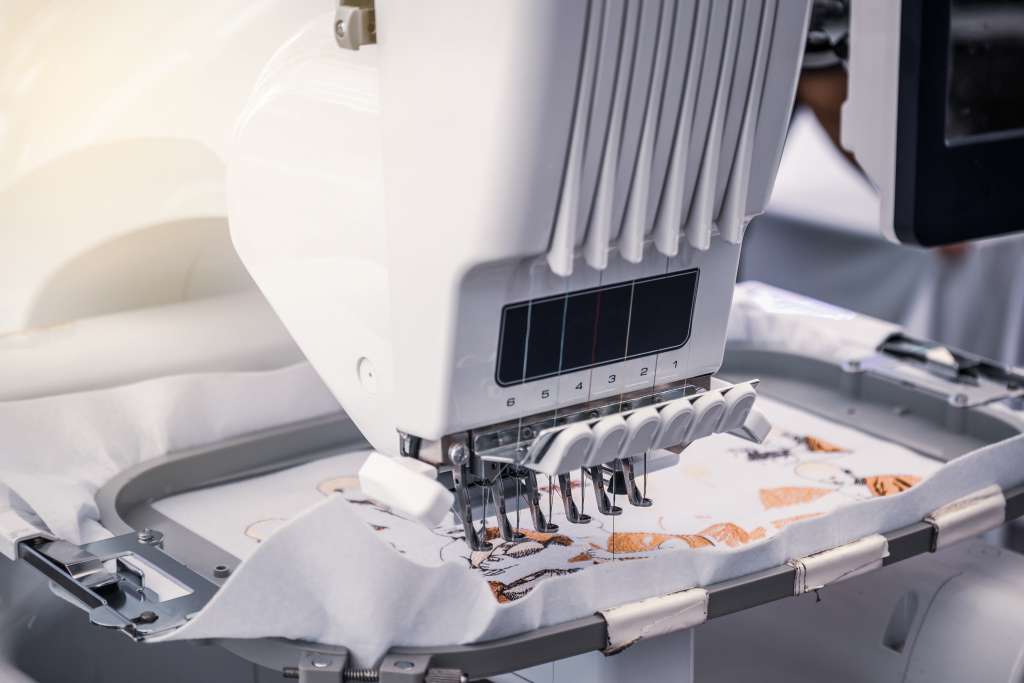How Are Robots Improving Garment Manufacturing?



A fast-paced, high-volume manufacturing process is the cornerstone of any clothing brand. Each part of this process, from raw materials to the final product, must be carefully monitored and managed to streamline and optimize production.
Automation and robotic technology have grown exponentially in the world of garment manufacturing. Robots can be used in many industries, but their application in the textile industry is among the most promising.
Fortunately, innovations in the field of robotics have introduced new and improved ways of automated clothing manufacturing. More unique robots are being equipped with advanced sensing systems. Integration of many such features makes it easier for manufacturers to handle tasks like cutting, sewing, tagging, and packing.
Manufacturers can, thus, automate the entire manufacturing process using robots and reduce the overall cost of production by cutting labor charges and avoiding wastage. These robots can also help in reducing the risk of human error and ensure quality standards are met.
Once these fashion robots are integrated into the manufacturing process, they can help in manufacturing garments from start to finish faster than ever before. That said, it's important to shed light on the factors that have contributed to the growth of robotics in apparel manufacturing.
Factors responsible for the growth of robotics in garment manufacturing
Several factors have contributed to the growth of robotics in garment manufacturing. One reason is the need for automation. In many industries, there is a shortage of workers, and automation can help fill those gaps.
Another factor is the increasing need for flexibility in manufacturing operations. With the rise of digitalization and globalization, companies must take measures and quickly adapt to changing trends and customer demands. By using robots in such a scenario, manufacturers can easily increase the speed of production, while meeting the ever-increasing demand.
Finally, increased investment in automation is another reason robots are becoming more popular. As companies invest in new technologies, they want to see results right away.
Fashion robots can be a great way to reduce production time while still providing high-quality products for a clothing brand. Let’s understand how robots are employed in the garment manufacturing processes:
1. Robotics in fabric testing
Robots can test fabrics in a controlled manner and give more accurate results than manual testing. In a robotics-included fabric testing system, the robot is equipped with sensors that track the movements of the fabric sample and can adjust the test parameters accordingly. Fashion robots can determine a fabric's material composition, surface texture, water absorption capability, shrinkage, and stretchability.
However, businesses must invest in quality hardware and software tools to benefit from these robots in fabric testing.
2. Robotics in printing
Robotics in printing is an emerging technology that aims to improve the quality and efficiency of printing designs on garments. The main goal is to automate the complex tasks currently done manually or through a computer program. Various textile printing robots can create customized patterns, such as logos, text, and images, on clothes. While the use of robotics in printing is still in its infancy, the technology has many potential applications.
In the long term, robotics may also lead to more efficient printing in production processes and lower production costs in garment manufacturing. Therefore, a business must keep up with the developments in this field.
3. Robotics in the sewing process
Robotics in sewing has been a big deal over the past few years because it ensures faster and more precise results than sewing by hand. Robots can sew quickly, in some cases up to 1,000 times faster than a human. Robotic sewing machines are much more precise and accurate, making it easier to produce quality products. Furthermore, robots can work around corners and make complex patterns, which is impossible for humans.
Many robotics companies offer automated sewing robots that can be programmed for various tasks, making it easy for people to create custom designs. Robotic sewing machines can also sew fabrics with heat or water to create different types of clothing, including shirts, pants, jackets, dresses, and more.

This technology will only continue to develop and improve in the future, making it an excellent investment for clothing brands. It'll be a huge advantage for businesses that want to stay ahead of the competition by creating new and efficient products.
4. Robotics in the cutting process
Robots are effective at cutting fabric because they can work with high precision and improved efficiency. They are also capable of working in conditions that are difficult for humans, like cutting a multi-layered fabric. Even if there are only two layers, it may be easier to use a robot than to cut each layer one by one manually.
The most common method used by fashion robots is laser cutting, where the fabric is first marked and then cut with a high-powered light beam. By using robotics in the cutting process, clothing brands can manufacture more products as there will be less wastage of the fabric due to accurate and exact cutting. An automated clothing manufacturing unit that uses such robots keeps the production running efficiently even when there are interruptions in the workflow.
5. Robotics in the assembly process
The everyday use of robots in garment manufacturing revolves around collecting and sorting fabrics. Once sorted into different piles, these fabrics can be easily picked up and transported away for assembling into finished products. Robots are also used to ensure that suitable materials are used at all times.
The fashion robots have been programmed to pick up the correct fabric and use it for garment manufacturing to prevent any mix-ups. They also help keep track of how much material has been used and how much of it is left. This further helps avoid wastage, making it easy for garment manufacturers to optimize raw material usage.
6. Robotics in inventory management
Inventory management is a complex process that involves several steps. First, collecting and organizing all the materials required for production, like raw materials, work in progress, and finished goods, is necessary.
Next, it is necessary to store these materials safely to protect them from damage and contamination. Finally, it is necessary to monitor the inventory levels so that they remain within acceptable limits.
Fashion robots can play a key role in each of these steps by helping to automate some of the tasks involved in inventory management. Robots can help companies more accurately track inventory levels, making it easier to detect mistakes and reduce the risk of missing delivery deadlines of garment manufacturing.
Conclusion
Despite the textile industry's historical reluctance to embrace automated solutions, recent technological advancements suggest a change in outlook. New-age textile companies are now looking toward solutions to help them simplify the automated clothing manufacturing business.
Automation and robotics are now widely used in the textile sector to assemble, pack, and ship orders at production, distribution, and warehousing facilities. They also help keep track of inventory levels and analyze market trends.

Fashinza is a tech platform that helps automate the entire manufacturing process, including production, inventory management and direct access to suppliers. It helps to streamline these processes, which ultimately allows manufacturers and suppliers to save both time and resources.
So what are you waiting for? Register your business on Fashinza now and watch it scale faster than ever before!



















